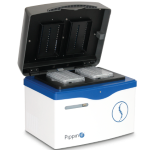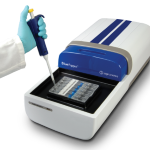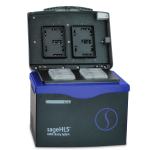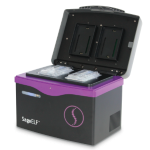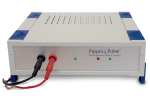We’re pleased to see that the steady stream of publications citing the use of Pippin Prep and BluePippin as our automated DNA size selection tools help more and more users get more accurate and reproducible results. The instruments have been cited in some truly impressive publications, so our blog team took a tour of the literature to put together this roundup of recent activity. Enjoy!
SASI-Seq: sample assurance spike-ins, and highly differentiating 384 barcoding for Illumina sequencing
Michael Quail et al., BMC Genomics, 15:110
In this publication, scientists from the Wellcome Trust Sanger Institute and Frederick National Laboratory for Cancer Research describe Sample Assurance Spike-In sequencing, or SASI-Seq. With this method, scientists add uniquely barcoded amplicons to samples prior to library prep and sequencing; these barcodes allow them to deconvolute samples that get mixed up or to spot cross-contamination issues. The team used Pippin Prep to test barcode robustness through the size selection process, finding that barcodes were not affected.
Semiconductor-based DNA sequencing of histone modification states
Christine Cheng et al., Nature Communications 4:2672
Broad Institute scientists, along with collaborators at other institutions, provide optimized sample preparation protocols for generating ChIP-seq libraries on the Ion Torrent PGM. They show that Pippin size selection was required to generate usable libraries, even down to sub-nanogram input. Results were comparable to those from an Illumina ChIP-seq workflow.
Epigenetic Regulation of the DLK1-MEG3 MicroRNA Cluster in Human Type 2 Diabetic Islets
Vasumathi Kameswaran et al., Cell Metabolism (2014)
In this publication, researchers from the University of Pennsylvania and the Children’s Hospital of Philadelphia compared small RNAs from tissue samples gathered from people with and without type 2 diabetes. The scientists found evidence that a specific cluster of microRNAs was downregulated in diabetes patients, with the promoter of that locus hypermethylated. Pippin Prep was used to size-select microRNAs for sequencing.
Variant calling in low-coverage whole genome sequencing of a Native American population sample
Chris Bizon et al., BMC Genomics 2014, 15:85
Researchers from the University of North Carolina at Chapel Hill tested Thunder, a linkage disequilibrium-aware variant caller, on a community sample of Native Americans and determined that low-coverage whole genome sequencing is better at finding novel variants and associations than fixed-content genotyping arrays. They used Pippin Prep to select fragments of 300 base pairs for sequencing on the HiSeq 2000.
